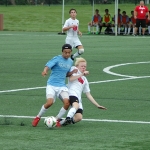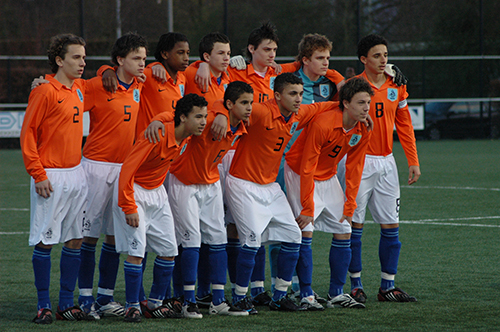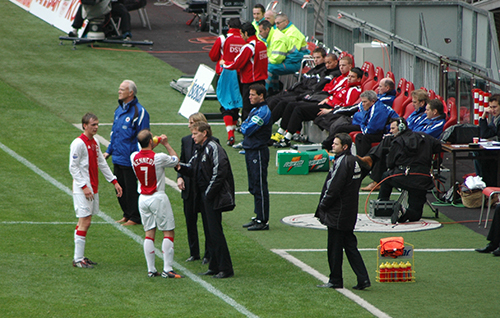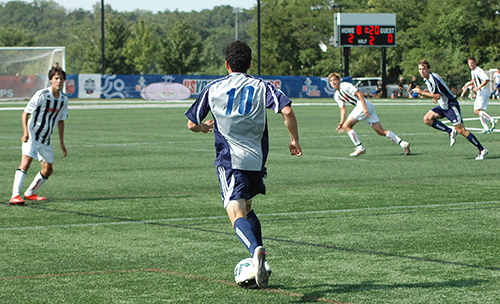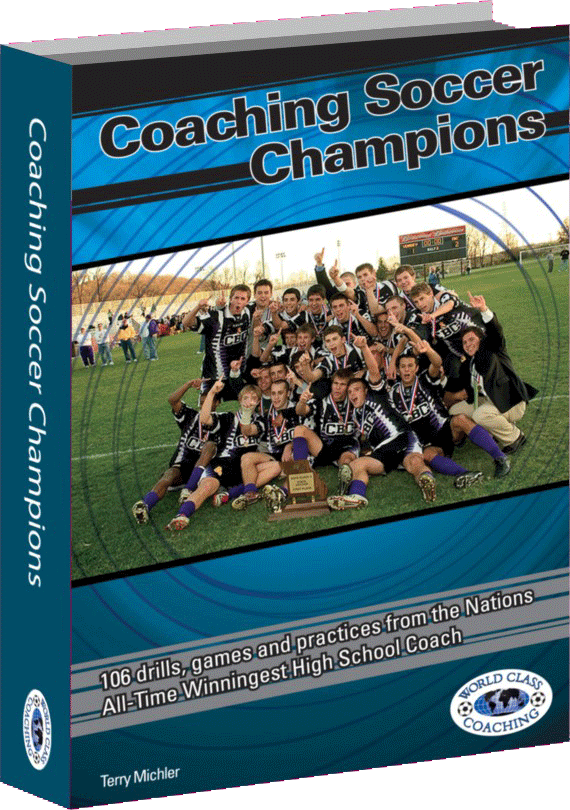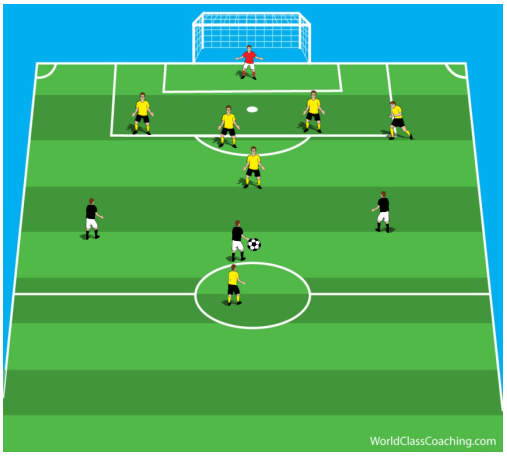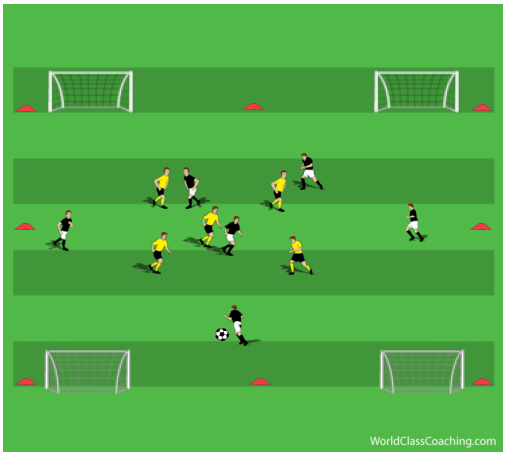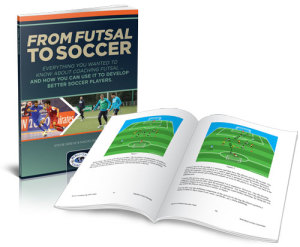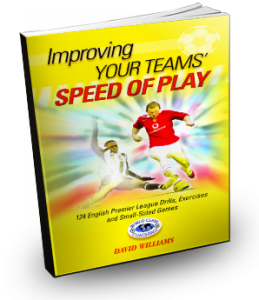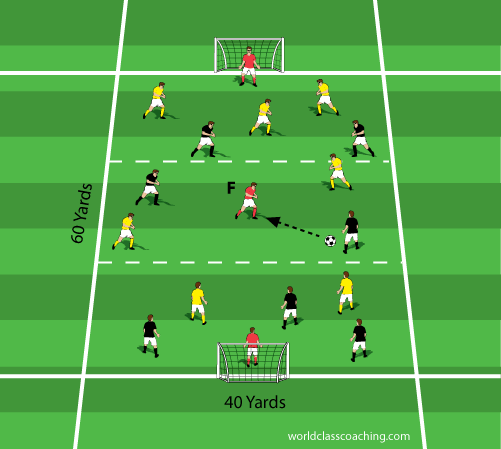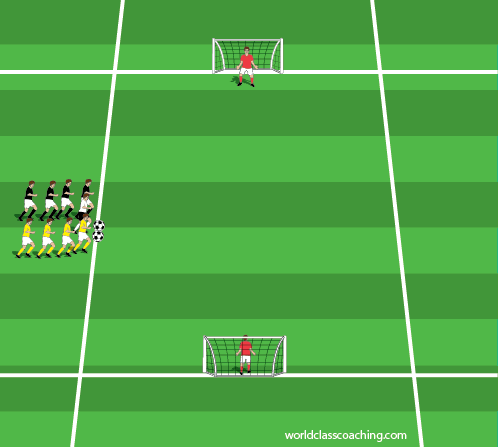Teaching Goalkeepers to Control Their Area
By Tony Englund -
Among the more challenging tactical teaching topics for goalkeepers is helping them to control their area. There are numerous moments in the game when the goalkeeper’s ability or inability to eat up loose balls in the area can swing control of the game to one team or another. Crosses, through-balls and balls that fall loose to the ground in the area when the opponent is attacking all present challenges, as do back-passes when the ‘keeper’s own team is in possession. This article will take a look at the crossing and covering topics, and the next article (#2) will examine back-passes.
Dealing with Crosses
Because of the number of variables in any crossing situation (location of crosser; type and location of cross; number, angles and distance of potential defenders and finishers; weather (i.e. wind, rain) and the
Continue reading
